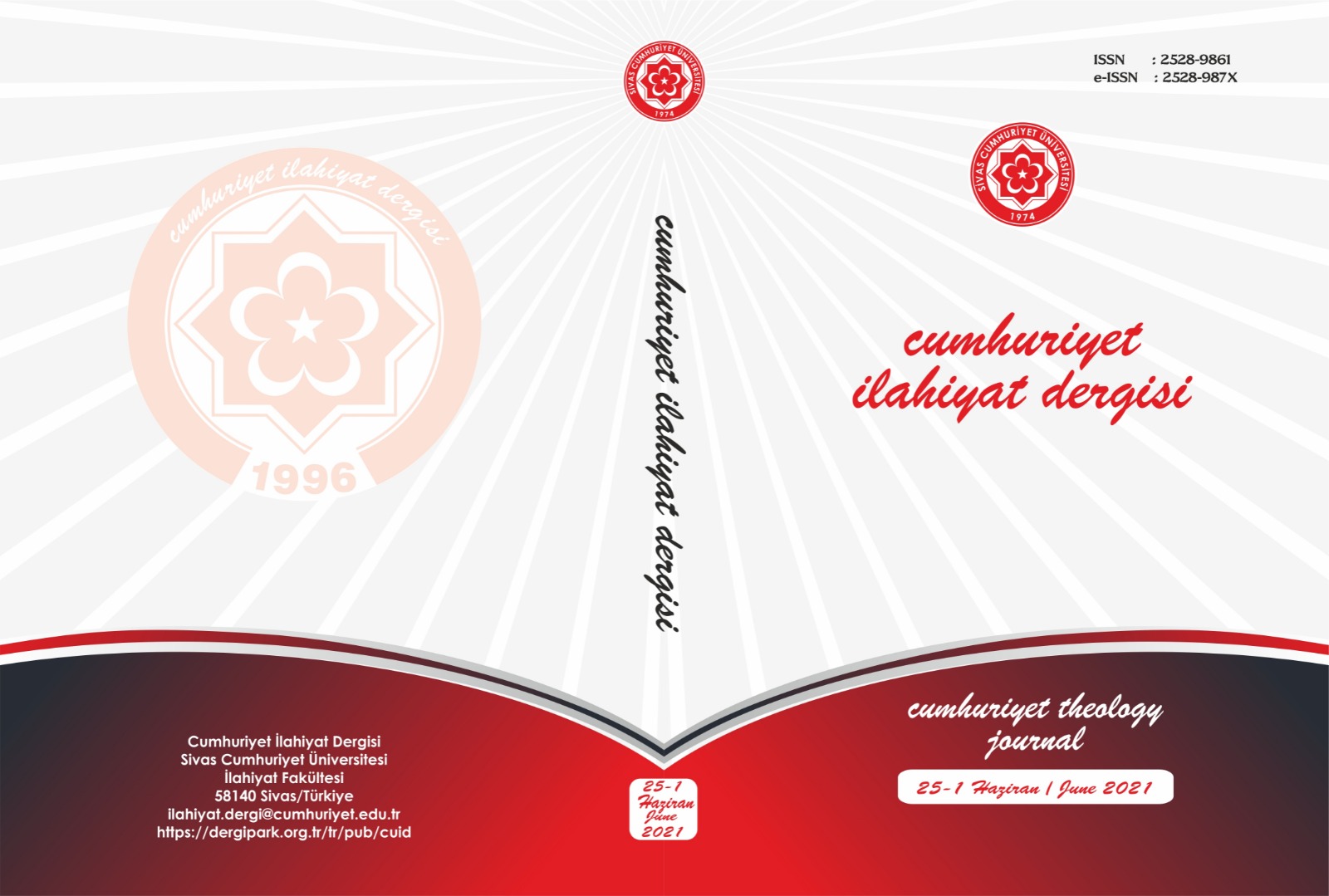Memlükler Döneminde Kadınların İlmî ve Sosyal Hayatı: Necmeddin İbn Fehd’in Hocaları Özelinde
Scholarship and Social Life of Women in the Period of Mamlūks: With Special Attention to Najm al-Dīn Ibn Fahd’s Teachers
Author(s): Saim Yılmaz, Mehmet Fatih YalçınSubject(s): Gender history, Theology and Religion, History of Islam
Published by: Cumhuriyet Üniversitesi İlahyat Fakültesi
Keywords: History of Islam; Mamlūks; Woman; Scholarly Life; Social Life; Najm al-Dīn Ibn Fahd;
Summary/Abstract: During the Mamlūk period (648-923/1250-1517), some developments such as the support of the state dignitaries for scholarly activities, the interest of the ʿulamā to the Mamlūk geography and the establishment of many scientific institutions increased the interest in scholarly activities in society. In this period of intensive scholarly activities, women also started to increasingly take part in this field, and as a result, many female scholars were trained. The fact that women scholars were encountered among the teachers of the famous scientists of the period is a clear proof of this situation. As a matter of fact, the teachers of Najm al-Dīn Ibn Fahd, one of the famous muḥaddiths and historians of the 9th (15th) century, set an obvious example for this. Sixty-seven of his four hundred ninety-seven teachers were women. Najm al-Dīn Ibn Fahd, a member of a prominent ʿulamā family of Mecca, traveled to different cities in the Mamlūk geography and took lessons from many teachers, men and women. What is more valuable for our subject is that he wrote a work called Mu’jam al-shuyūkh, which contains extremely important information about his teachers. This article tries to assess women's participation in scholarly activities and social positions in Mamlūk society, based on his female teachers. This work, made up of two parts, first deals with women’s opportunities to pursue academic studies and their subsequent contributions to science. The second part is about their position in social life which stemmed from the families they belonged to and from their marriages. In this article, in which sixty-seven female scholars of Najm al-Dīn Ibn Fahd are discussed, some important results have been reached. This look into his sixty-seven female teachers shows how widespread women’s relationships with scholarly circles were in Mamlūk society, and that especially girls of families with scholarly traditions were included in academic circles from a young age. These girls were able to get their initial education from close relatives and then they were able to connect to academic circles easily via family relationships, taking courses with many scholars including women. Women have been instrumental in the transfer of knowledge more so than its production. Their efforts both during their studies and as scholars were focused on ḥadīth transmission. It is difficult to pinpoint the exact reason why ḥadīth sciences were the focus, but one can say that the ubiquity of ḥadīth sessions and their ease of accessibility must have been a factor. It is seen that young girls who participated in these sessions were encouraged to study with older scholars, thereby acquiring a strong isnād chain and becoming a source of information in later years for the transmission of knowledge. However, it is hard to say that every woman who got some education took a role in knowledge transmission. One can even claim, based on Najm al-Dīn Ibn Fahd’s female teachers, that a lot of women in academic circles did not take a role in knowledge transmission as scholars, despite their potential. The fact that no official institutions are mentioned with regard to women’s acquisition and transfer of knowledge may be indicative of the importance of teacher-student relationships rather than institutions, or, it can be that women were more active outside of these official institutions. Also, the fact that most of Najm al-Dīn Ibn Fahd’s female teachers were all taught by several common teachers shows the liveliness of academic activity outside of official institutions. There is very little narration regarding the social lives of women who were engaged in scholarly activities. Among the most important reasons why this is so is the desire to put their scholarly competencies to the forefront. However, it is possible to get some information about their families and marriages for many of them. One can see that Najm al-Dīn Ibn Fahd’s female teachers generally married men who were also engaged in scholarship. The fact that women, especially those in the scholarly class, married from among their relatives must have been related to this. All of the married women except one have at least one child. While divorce is not too common, marrying again as a result of the death of a husband or as a result of divorce is not rare.
Journal: Cumhuriyet İlahiyat Dergisi
- Issue Year: 25/2021
- Issue No: 1
- Page Range: 455-476
- Page Count: 22
- Language: Turkish

